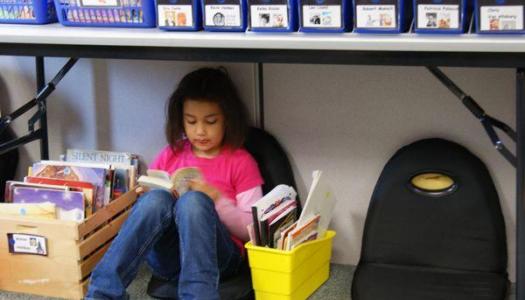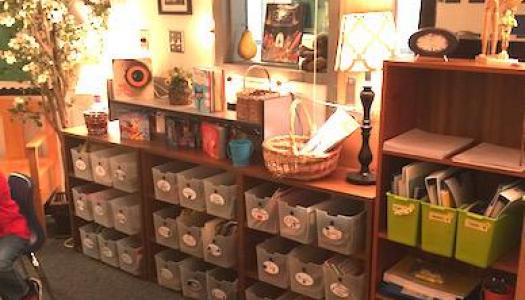Using the Power of Sound
Join Our Community
Access this resource now. Get up to three resources every month for free.
Choose from thousands of articles, lessons, guides, videos, and printables.
 Noise is all around us. It produces different emotions that either heighten or hinder productivity and learning. I take advantage of as many environmental factors as I can to encourage students to feel safe, calm, and purposeful. Here are two factors we can control in our classes and why we may want to use them.
Noise is all around us. It produces different emotions that either heighten or hinder productivity and learning. I take advantage of as many environmental factors as I can to encourage students to feel safe, calm, and purposeful. Here are two factors we can control in our classes and why we may want to use them.
1) Music for Focus
I play music in my classroom every day of the year. I play different kinds of music for different activities, but use it mostly during Daily 5. It adds a calming element to the classroom environment that mostly goes unnoticed on a conscious level. I am careful to play music without words, that isn’t too fast. Brain research shows that listening to music with a specific number of beats per minute boosts productivity and learning. Certain instruments are supposed to be more effective than others, but I really go with what feels relaxing without making me sleepy.
An added benefit to playing music in the classroom is that it drowns out some of the unwanted noise that filters in from the hallway. One classroom in our building has an alarm on the door that is triggered if a specific child is exiting. We also have classes of students going by—some quiet, some not so quiet. The music is not so loud that it takes these noises away, but it gives the students an alternative sound to listen to and stay focused on instead of the sounds that may distract them.
I have found that artists such as Jim Brickman, Yanni, David Nevue, Yiruma, and Michael Allison, a local artist, work perfectly for my students and me.
I love Pandora and iHeart Radio for discovering new artists and music but don't use them in my classroom because the commercials are so distracting. A subscription would let me play favorite artists, genres, and stations without commercial interruption.
2) Chimes, Songs, Poems, and Silent Signals to Transition
Over time, I have become more conscious of other sounds in my classroom. Rather than clapping my hands or using my voice to get students’ attention, I use chimes or pause the music. During transitions, we often sing a song or recite a poem. It’s been amazing how these simple acts have sped up transitions and made them feel smoother than they were in the past. At times, I use no sound at all. Instead, I might use hand motions or write something on the board and point to it. Students love the variety it provides. When I do use my voice, it has more of an effect.
Take a look and a listen around you. What are you and other teachers doing to create a purposeful, calming place for students to learn?








